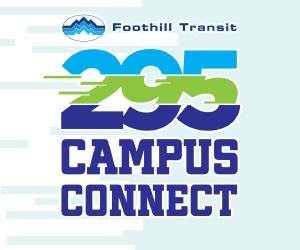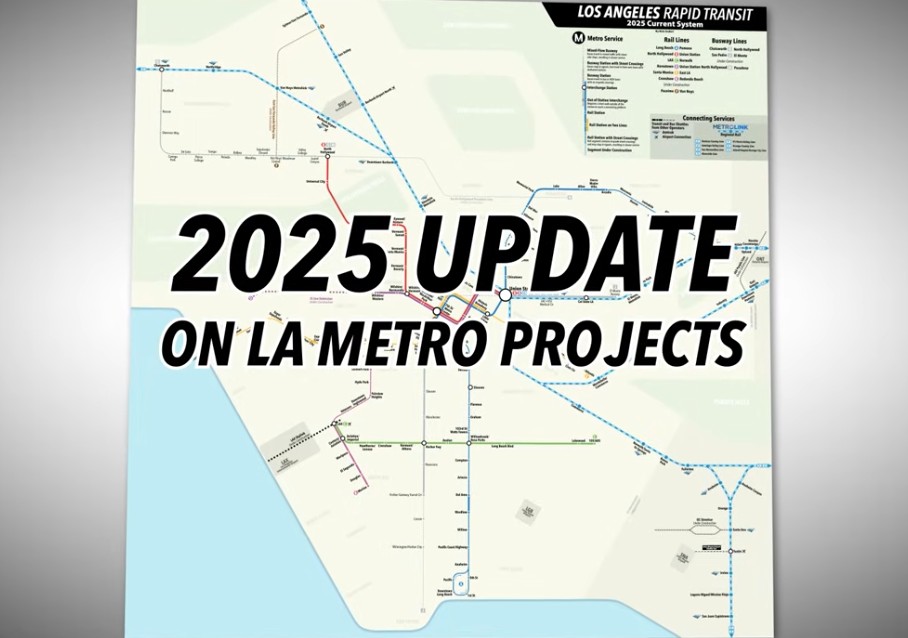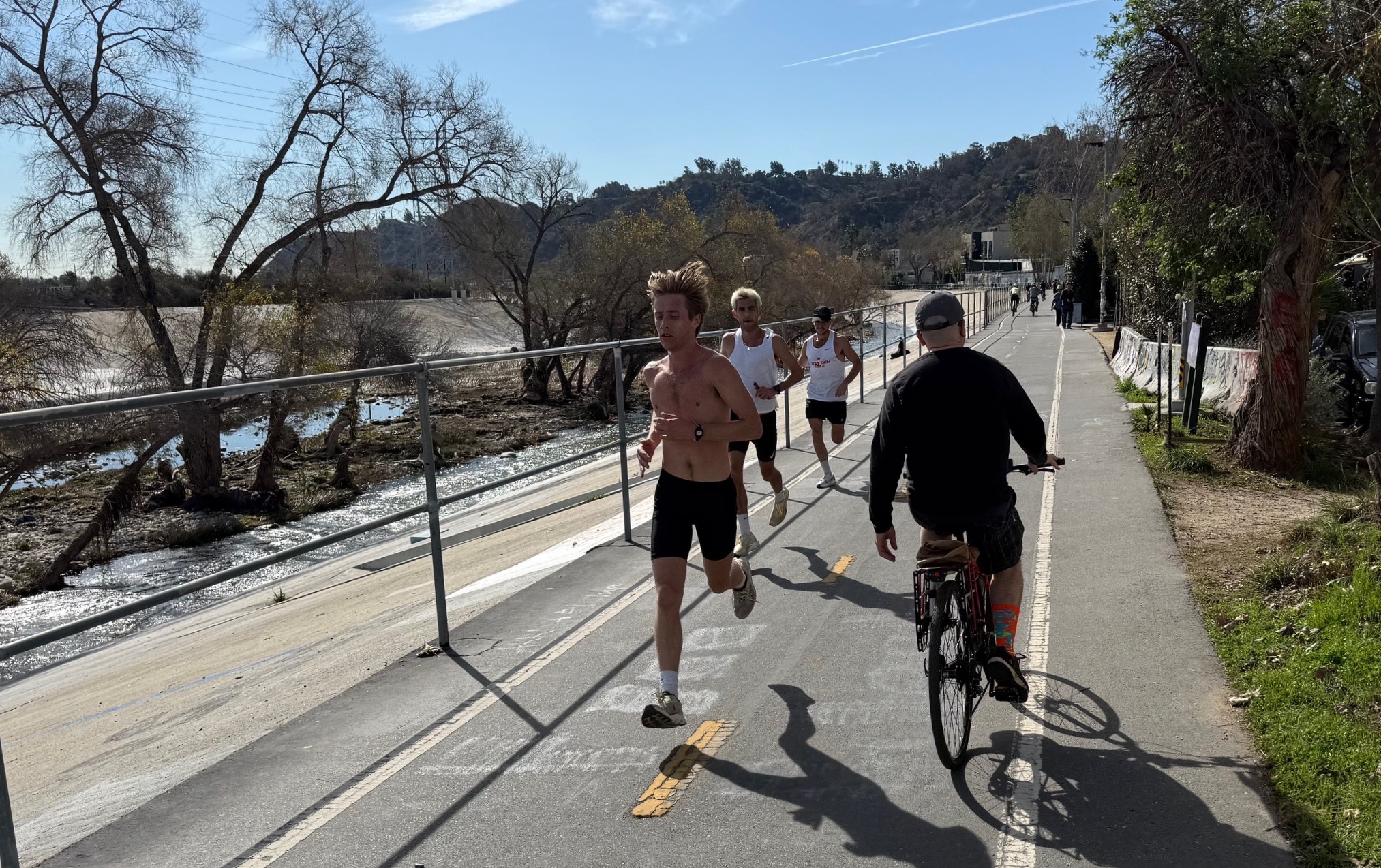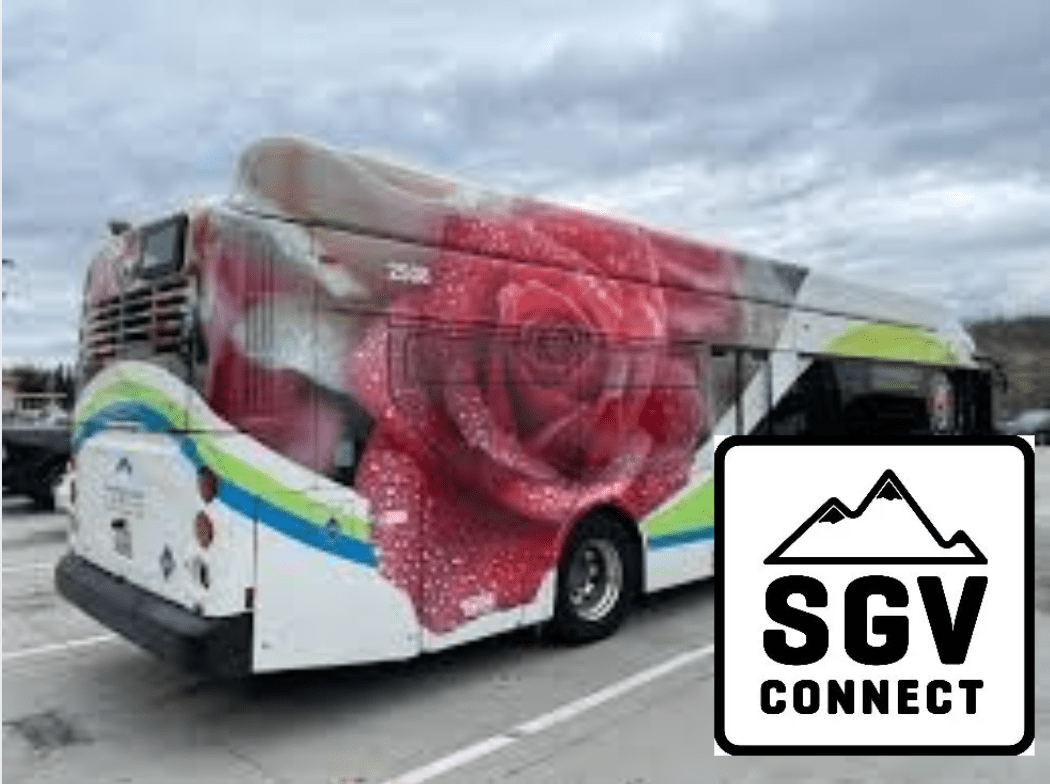I remember watching Sesame Street when I was a kid and noticing something different about it. There were scenes that took place entirely on the steps of a brownstone, neighbors running into each other on their way out the door. I didn't fully understand it, but it was intriguing and memorable. There was something about the setting that I liked.

Apparently I wasn't the only child who came away with that impression. Steve Patterson over at Network blog Urban Review STL is surveying readers about their early memories of the show. Patterson says that growing up in the suburbs, Sesame Street was one of the only signals that the way his family lived wasn't the only model:
Forty-four years ago today a new children’s program debuted that was very different from predecessors such as Howdy Doody (1947-1960), Captain Kangaroo (1955-1984), and Mister Rogers’ Neighborhood (1968-2001). These earlier shows weren’t set in the gritty inner-city. I was a few months shy of being 3 years old when Sesame Street first aired on November 10, 1969, so I didn’t notice the change. Mister Rogers Neighborhood had only been on the air a year.
To my eyes Sesame Street seemed exotic, nothing like where I lived. Sure, I’d see neighbors, tinkering in their garages or sitting in a lawn chair -- on their driveway. But the interaction was different on Sesame Street, they couldn’t help but run into neighbors as they went about their lives. Since my dad worked on new homes, I rarely got to experience older/walkable neighborhoods closer to those on Sesame Street.
Thankfully our family doctor had his office in OKC’s Capitol Hill area, a once-thriving shopping area similar to the Wellston Loop. My father would also do carpentry work on his personal home from time to time, it was located in the historic Heritage Hills neighborhood, just north of downtown Oklahoma City. Otherwise I saw new homes going up in subdivisions far from the center. We drove to buy groceries, clothing, etc. -- anything really other than a few things I might get at a convenience store I could walk/bike to. We shopped at an L-shaped strip mall built in 1965 called Southwestern Plaza 1+ mile away, or a big Sears, also from 1965, a mile further away.Watching Sesame Street, though, I knew there was another way to live. I’m not sure when I got too old for Sesame Street, but the images of the conversations on the front stoop stayed in my memory.
Elsewhere on the Network today: Streets.mn attempts to put a value on car-free streets. The Urbanophile considers the tangible and intangible costs of canceling a transportation project that's already under construction, which might happen to the Cincinnati streetcar. And People for Bikes considers the clearest way to describe bike infrastructure that separates cyclists from motor vehicle traffic.






